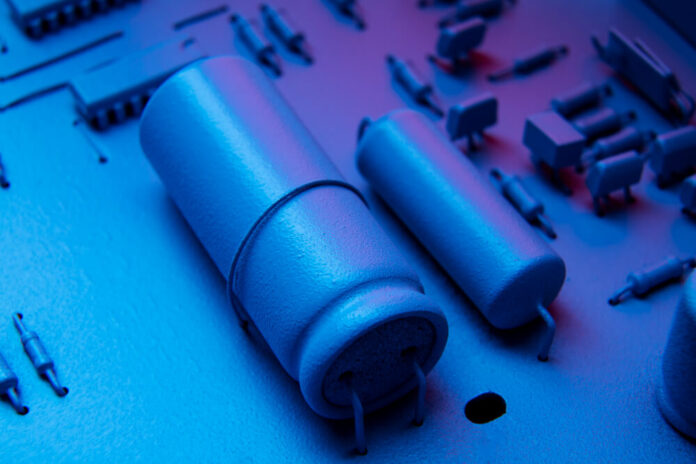Load cells are vital in all manner of industries as they are essential for measuring force or weight accurately and reliably. From manufacturing to healthcare sectors and beyond, these devices are indispensable due to their precision and dependability. Exploring the science behind load cells and their various types sheds light on their importance in our technological landscape. This article explores the types and uses of load cells and the science behind them.
Understanding Load Cells
At their heart of operations, load cells essentially act as devices that convert force into a signal. This conversion occurs by mixing electrical procedures. When a force is exerted onto them, load cells undergo deformation, leading to a shift in their resistance.
The adjustment in resistance corresponds with the intensity of the force applied, enabling measurement to take place. Knowing the different types of load cells can help in understanding their different use cases.
Types of Load Cells
Different kinds of load cells are available for varied uses, such as strain gauge load cells or hydraulic ones, along with capacitive options. Each type has its set of benefits and drawbacks that cater to the needs of various industries.
Strain Gauge Load Cells
The strain gauge load cell is still the most utilized type in various applications due to its precision and resilience characteristics, which make it versatile for a wide range of uses.
It functions by using a strain gauge affixed to a metal structure, which changes its resistance as the structure deforms under applied force. The altered resistance is then transformed into an electrical signal for measurement purposes.
Hydraulic Load Cells
Hydraulic load cells function by responding to fluctuations in pressure levels; as an external force is exerted on them, the internal piston squeezes the fluid within the cell, resulting in a shift in pressure. The altered pressure is then transformed into an output. Hydraulic load cells are particularly effective in environments with hazards such as those prone to explosions or moisture.
Pneumatic Load Cells
Like hydraulic load cells, which work with pressure as a medium of operation, pneumatic load cells use air pressure instead of liquid substances to function effectively. When a force is applied to these cells, it results in the compression of air inside them, causing a change in pressure, which is then converted into a value.
Pneumatic load cells are preferred in places where explosion-proof equipment is necessary, but they need to be supplied with air, which could restrict their usage in specific environments.
Capacitive Load Cells
Capacitive load cells work based on the concept of capacitance alteration when force is exerted on them, causing a shift in the distance between two capacitor plates, which results in a change in capacitance that is then translated into a signal for measurement purposes.
They are known for their sensitivity and stability and are commonly used in precision tasks. However, their performance can be affected by factors like temperature and humidity.
Manufacturing and Industrial Use
Load cells are essential in manufacturing to oversee process control. Guarantee quality in products produced along assembly lines by verifying they meet weight requirements.
They are commonly used in scales and material testing equipment to enhance effectiveness and maintain product uniformity while also minimizing waste.
Healthcare and Medical Devices
Load cells play a role in the healthcare industry by aiding in monitoring and enhancing the performance of medical devices like patient lifts, hospital beds, and infusion pumps.
This guarantees safety and precision in operations and allows healthcare providers to deliver top-notch care standards consistently.
Automotive and Aerospace Industries
The automotive and aerospace industries heavily depend on load cells for conducting tests and maintaining quality standards. These tools measure forces during crash tests to ensure vehicle safety and regulatory compliance.
In the aerospace sector, load cells test aircraft parts to ensure their integrity and performance. Their resilience in conditions makes them essential in these fields.
Agriculture and Food Processing
Load cells play a role in the sector by helping weigh livestock and effectively tracking feed consumption levels to promote the optimal distribution of feed and boost productivity levels.
Moreover, food processing facilities rely on load cells to regulate portion sizes and packaging procedures to guarantee uniform product quality consistently. These instances highlight the functionalities and significance of load cells in upholding efficiency and quality standards across different industries.
Conclusion
Knowledge regarding load cells uncovers their function in present-day industries. Recognizing the varieties and how they are used highlights their adaptability and dependability.
As advancements in technology progress steadily, load cells are expected to develop, providing enhanced accuracy and efficiency in sectors. Their impact on precision and safety remains priceless, emphasizing their importance in our society.
